In a bid to turn the tide of the war, Ukraine is increasingly relying on long-range drones to strike deep within Russian territory, targeting oil refineries, airfields, and logistics. This strategy aims to strain Russia’s fuel supplies, cut its export revenues, and potentially force Moscow to redeploy air-defense systems away from the front lines.
Domestic Drone Production Surges
With orders surpassing production capacity, Ukrainian drone manufacturers are working tirelessly to meet the growing demand for long-range drones, reports The WSJ. These domestically produced drones, ranging from the sleek UJ-25 Skyline to makeshift models using plumbing pipes, offer a more affordable and accessible alternative to cruise missiles. They also allow Ukraine to circumvent political constraints on using Western-supplied weapons for attacks on Russian soil.
Recent drone strikes have targeted oil refineries and an airfield in Russia’s Krasnodar region, while earlier this month, drones hit an oil refinery and drone factory in Tatarstan, some 580 miles from the Ukrainian border. Russia claims to have shot down 50 drones in a single day, with falling debris causing fires at energy infrastructure facilities.
Evolving Drone Designs and Capabilities
Ukraine’s Drone Industry has rapidly evolved from adapting commercially available drones like the Chinese-built Mugin-5 to developing its own designs, albeit still heavily reliant on Chinese components. These drones typically carry a 44-pound warhead and have ranges varying from 465 to 580 miles. Costs range from around $30,000 to $300,000, still significantly less expensive than the cruise missiles provided by Western Countries.

Challenges and Limitations
Despite the ingenuity and resourcefulness of Ukraine’s drone industry, the ad hoc approach has its limitations when facing a country like Russia, which has fully mobilized its economy for war and deploys hundreds of Iranian-made Shahed drones alongside missiles to erode Ukraine’s air defenses. Experts suggest that Ukraine needs to streamline production and focus on drones that can be mass-produced.
Currently, only about 20% of the drones successfully reach their targets, largely due to Russian jamming efforts. Ukrainian officials aim to produce thousands of long-range drones this year, with one manufacturer targeting a production rate of 500 per month by mid-year.

The Human Story Behind the Drones
In a hangar in western Ukraine, a team of 75 workers, including veterans of the country’s aviation industry, are dedicated to producing long-range drones. The owner, a former plastic container manufacturer from the Kharkiv region, was approached by security services to replicate a drone prototype. Within two months, his team had built two successful replicas.
The production process reportedly involves pressing fiberglass mesh into molds, assembling the parts to create a small plane with a 6.6-foot wingspan, and fitting the engine and explosives at another factory. With plans to expand the premises and hire 50 more people, the owner is also developing a new drone model with a planned range exceeding 620 miles.
As Ukraine faces setbacks on the battlefield and limitations in Western support, the country’s bet on long-range drones represents a glimmer of hope in its resistance against Russian aggression. However, the success of this strategy will depend on Ukraine’s ability to scale up production and effectively deploy these drones against an adversary that has fully committed its resources to the war effort.
Photo credits X / Twitter


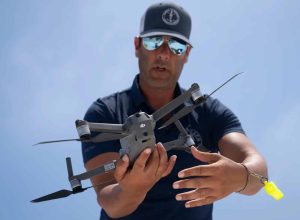

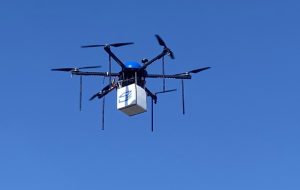


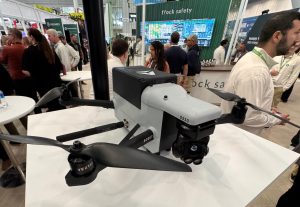

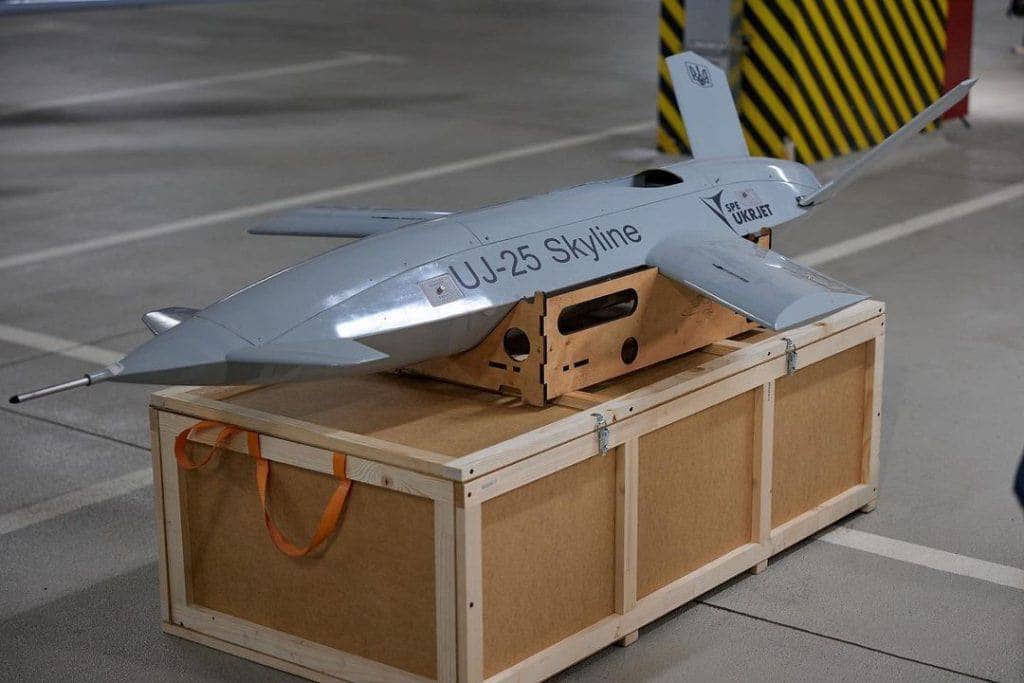

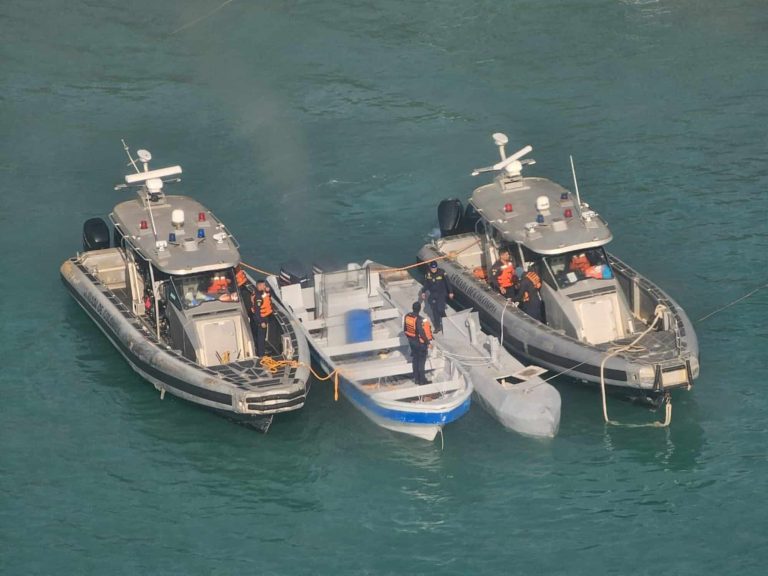
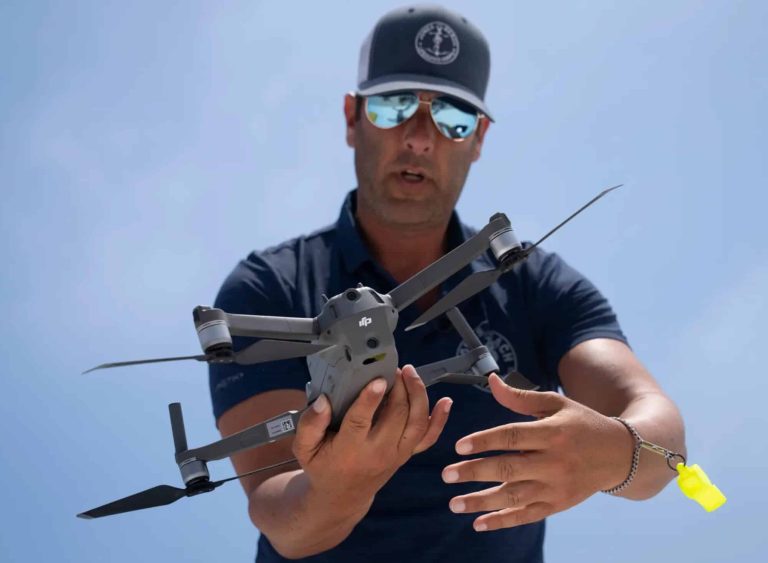
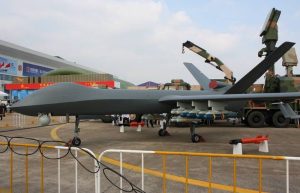




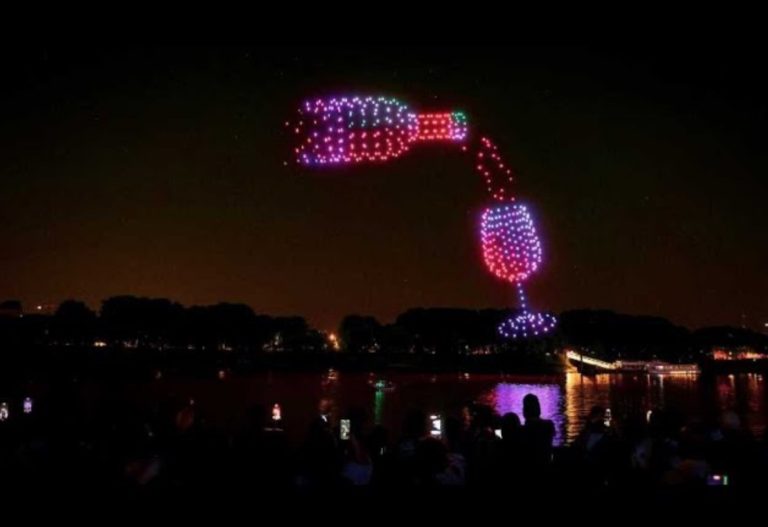

+ There are no comments
Add yours